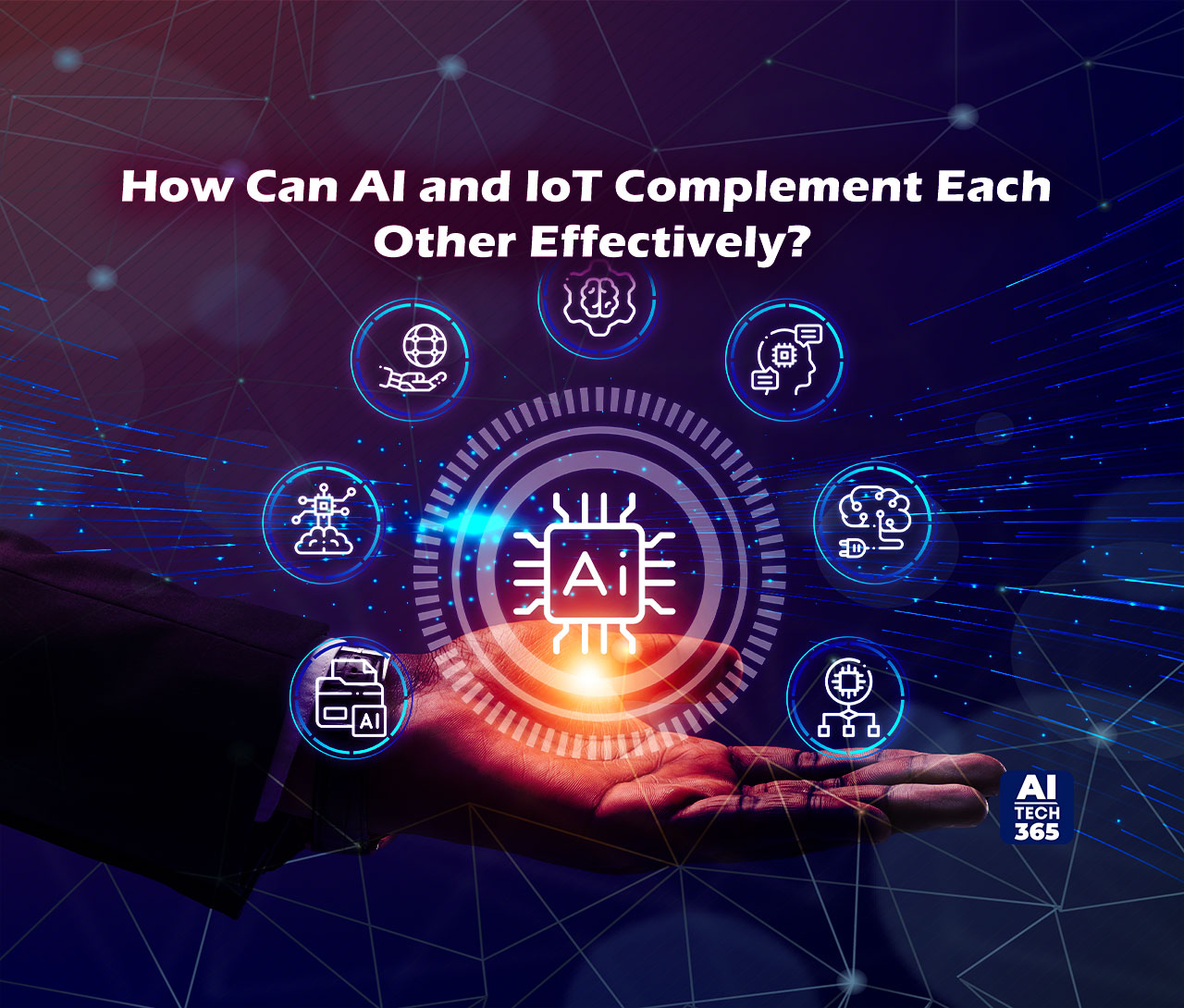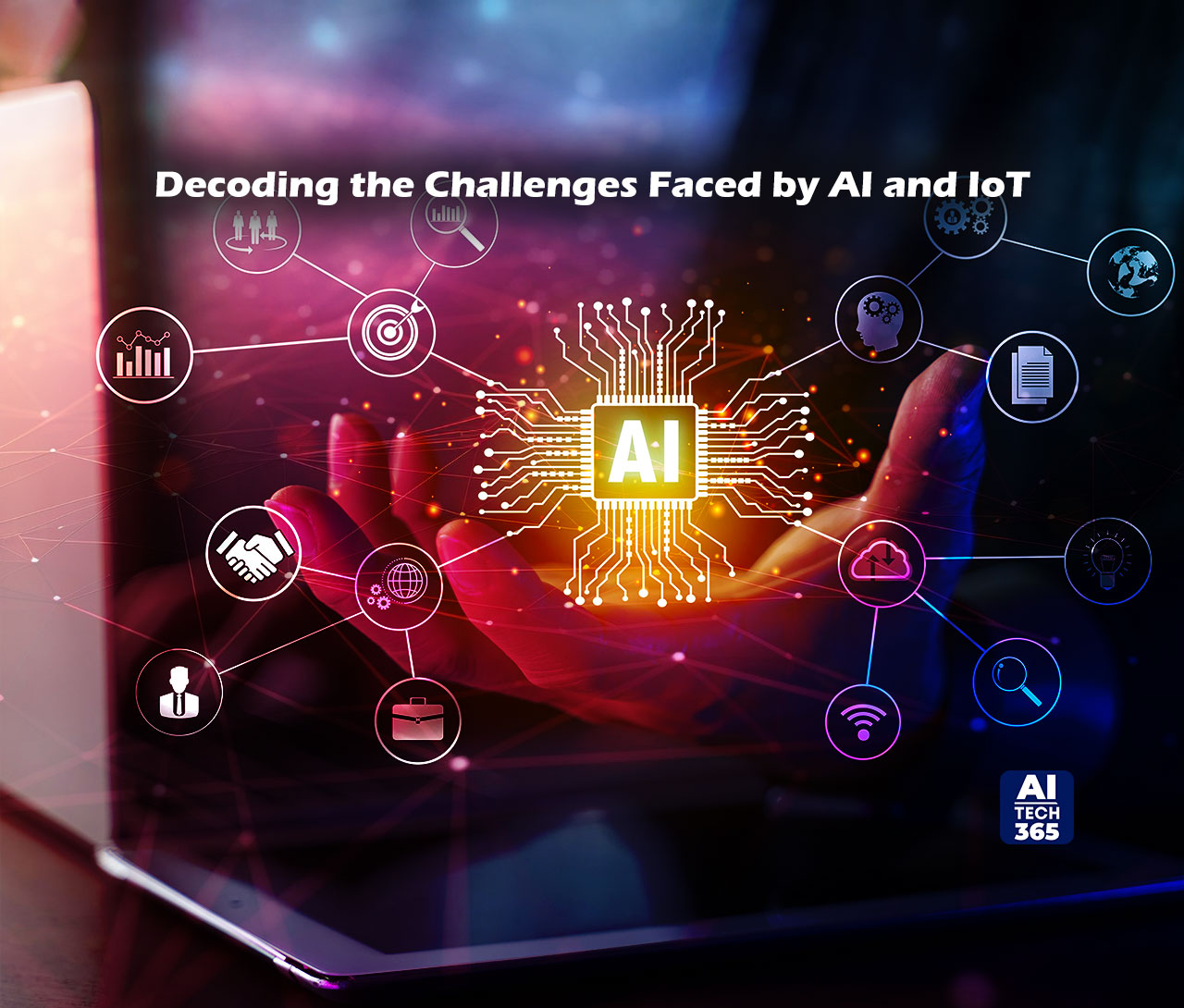The convergence of Artificial Intelligence (AI) and the Internet of Things (IoT) has unleashed a new era of technological innovation and possibilities. AI, with its ability to analyze vast amounts of data and make intelligent decisions, combined with the interconnectedness of IoT devices, has opened up a world of opportunities across various industries. In this blog post, we will explore the fascinating intersection of AI and IoT, how they complement each other, and the transformative impact they have on our lives.
What is AI and IoT?
AI, or Artificial Intelligence, refers to the development of computer systems capable of performing tasks that typically require human intelligence, such as learning, problem-solving, and decision-making. AI technology enhances IoT (Internet of Things) by adding human-like awareness and decision-making capabilities to the interconnected network of physical devices. IoT devices, which are equipped with sensors and connectivity, collect and exchange data, while AI algorithms analyze this data to derive insights, make predictions, and automate processes. The integration of AI and IoT enables more efficient operations, improved human-machine interactions, enhanced data management, and advanced analytics. Leading vendors in the IoT space, such as Amazon, Oracle, Salesforce, and Microsoft have begun incorporating AI capabilities into their IoT applications. The combination of these two technologies has the potential to reshape industries, businesses, and economies by generating intelligent technologies that mimic human behavior and assist in decision-making with minimal human intervention.
How Can AI and IoT Complement Each Other Effectively?
 Let’s understand how these technologies work together.
Let’s understand how these technologies work together.
- Basic AI in IoT: Any IoT application responding to trigger events using software represents a basic form of AI. The key question is not whether to use AI but how extensively it can be employed based on the complexity of supported real-world systems.
- Rule-Based AI: Rule-based AI, like turning on a light based on a trigger switch, can evolve into more sophisticated responses, considering factors such as darkness. This involves both event and state recognition.
- ML in Control Loops: ML is commonly applied in control loop applications in IoT, especially when simple AI is sufficient for required response times. It enhances control loops, as seen in streamlining processes like truck arrivals at warehouses.
- Efficiency Enhancement: Simple AI tools, such as allowing truck access through a security gate without manual intervention, demonstrate efficiency gains. Further applications, like analyzing bills of lading and predicting unloading times, showcase AI’s potential in optimizing operations.
- ML for Adaptive Responses: ML in IoT can adapt responses over time. For instance, it can learn when drivers and workers need more light, automating the process without user intervention. This eliminates the need for manual programming for each IoT application.
- Inference-Based AI: Inference-based AI gathers extensive information, mimicking human senses, and applies rules to make decisions. Although more complex, it responds to a wider range of conditions without explicit programming, making it adaptable to varying scenarios.
- Potential Benefits: Inference-based AI can optimize resource allocation, such as assigning additional workers based on critical needs, schedule delays, or worker availability. This has the potential to significantly enhance efficiency across different scenarios.
Also Read : A Step-by-Step Guide to Mastering Deep Learning Vs Neural Networks
Applications of AI and IoT
The applications of AI and IoT technology span numerous domains, revolutionizing industries and transforming our daily lives.
- Smart Homes: AI-powered voice assistants like Amazon Alexa and Google Assistant, integrated with IoT devices, enable seamless control of home appliances, lighting, security systems, and more.
- Healthcare: IoT devices like wearables and medical sensors collect patient data, which AI algorithms analyze to monitor health conditions, detect anomalies, and provide personalized treatment recommendations.
- Transportation: AI algorithms optimize traffic management systems, while IoT devices in vehicles enable real-time monitoring, predictive maintenance, and autonomous driving.
- Manufacturing: AI-powered robots equipped with IoT sensors enhance automation and streamline production processes, improving efficiency, quality control, and predictive maintenance.
- Agriculture: IoT sensors and AI algorithms enable precision farming, monitoring soil conditions, irrigation systems, and crop health for optimized yields and resource management.
- Energy: It enables smart grid systems that optimize energy distribution, monitor consumption patterns, and automate energy-saving measures.
Decoding the Challenges Faced by AI and IoT
 The convergence of AI and IoT brings several challenges and considerations that need to be addressed. Security and privacy concerns arise from the interconnected nature of IoT devices and the vast amount of data they generate. Data management and processing challenges include scalability, bandwidth, and computational resources. Interoperability and standardization are crucial for the seamless integration of diverse IoT devices and AI systems. Ethical considerations such as algorithmic bias and transparency need to be addressed. Complexity, power efficiency, regulatory frameworks, and the need for a skilled workforce are additional challenges. By tackling these challenges, we can ensure responsible and effective implementation of AI and IoT, unlocking their full potential while safeguarding privacy, addressing ethical concerns, and promoting secure and efficient systems.
The convergence of AI and IoT brings several challenges and considerations that need to be addressed. Security and privacy concerns arise from the interconnected nature of IoT devices and the vast amount of data they generate. Data management and processing challenges include scalability, bandwidth, and computational resources. Interoperability and standardization are crucial for the seamless integration of diverse IoT devices and AI systems. Ethical considerations such as algorithmic bias and transparency need to be addressed. Complexity, power efficiency, regulatory frameworks, and the need for a skilled workforce are additional challenges. By tackling these challenges, we can ensure responsible and effective implementation of AI and IoT, unlocking their full potential while safeguarding privacy, addressing ethical concerns, and promoting secure and efficient systems.
What is the future of AI and IoT?
The future of AI & IoT looks promising, with key insights highlighting:
- Enhanced Connectivity: AI and IoT integration will boost seamless communication and collaboration among devices.
- Efficiency and Automation: Advanced AI algorithms will automate processes, cut costs, and enhance productivity across industries.
- Predictive Analytics: AI & IoT will enable precise predictive analytics, aiding data-driven decisions and trend anticipation.
- Smart Cities: These technologies will shape smart cities, optimizing resource management, traffic, and public safety.
- Healthcare Transformation: AI and IoT in healthcare will improve patient care, diagnostics, and personalized treatment recommendations.
- Edge Computing: The combination will drive edge computing, benefiting scenarios like autonomous vehicles and industrial automation.
- Security and Privacy: AI-powered security systems and privacy technologies will safeguard data collected by IoT devices.
- Ethical Considerations: Addressing ethical concerns around responsible AI, data privacy, and transparency will be crucial for the future.
Winding Up
The convergence of AI and IoT represents a transformative force in our technological landscape. Together, they unlock new possibilities, drive efficiency, enhance decision-making, and improve our quality of life. As these technologies continue to evolve, it is crucial to embrace their potential while addressing the associated challenges to ensure responsible and ethical implementation. The future holds immense promise for AI & IoT, and their synergy will shape our world in ways we can only begin to imagine.


